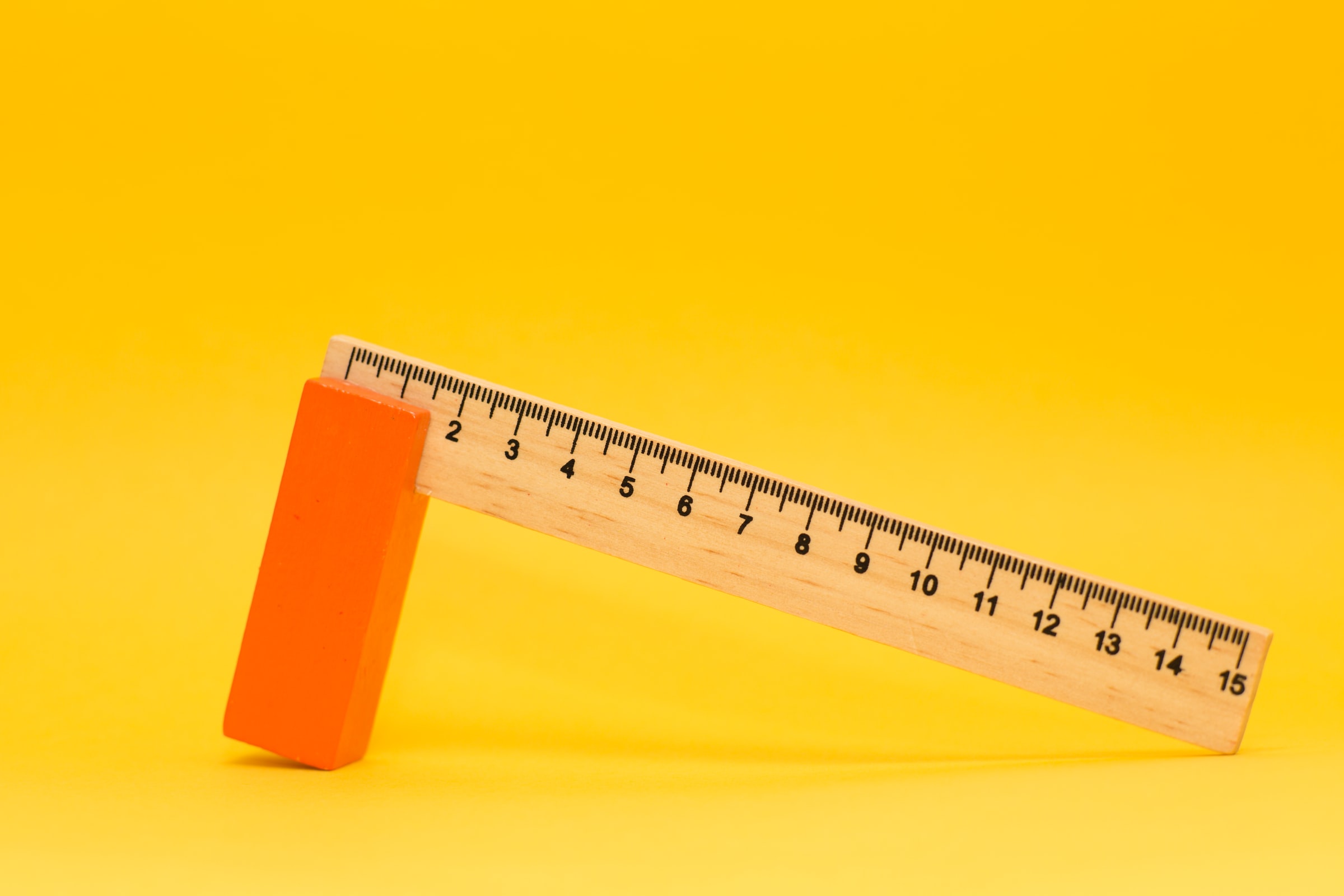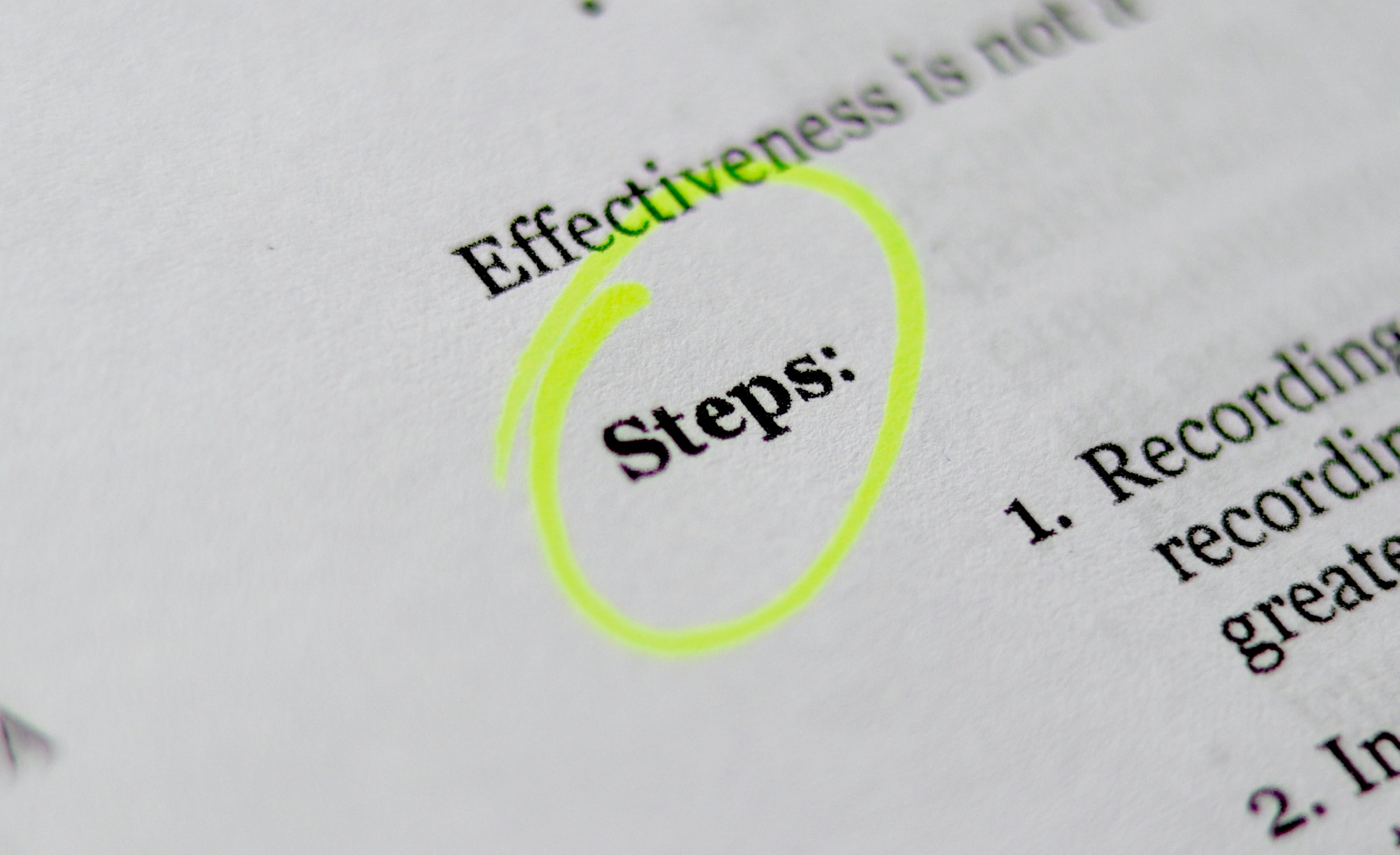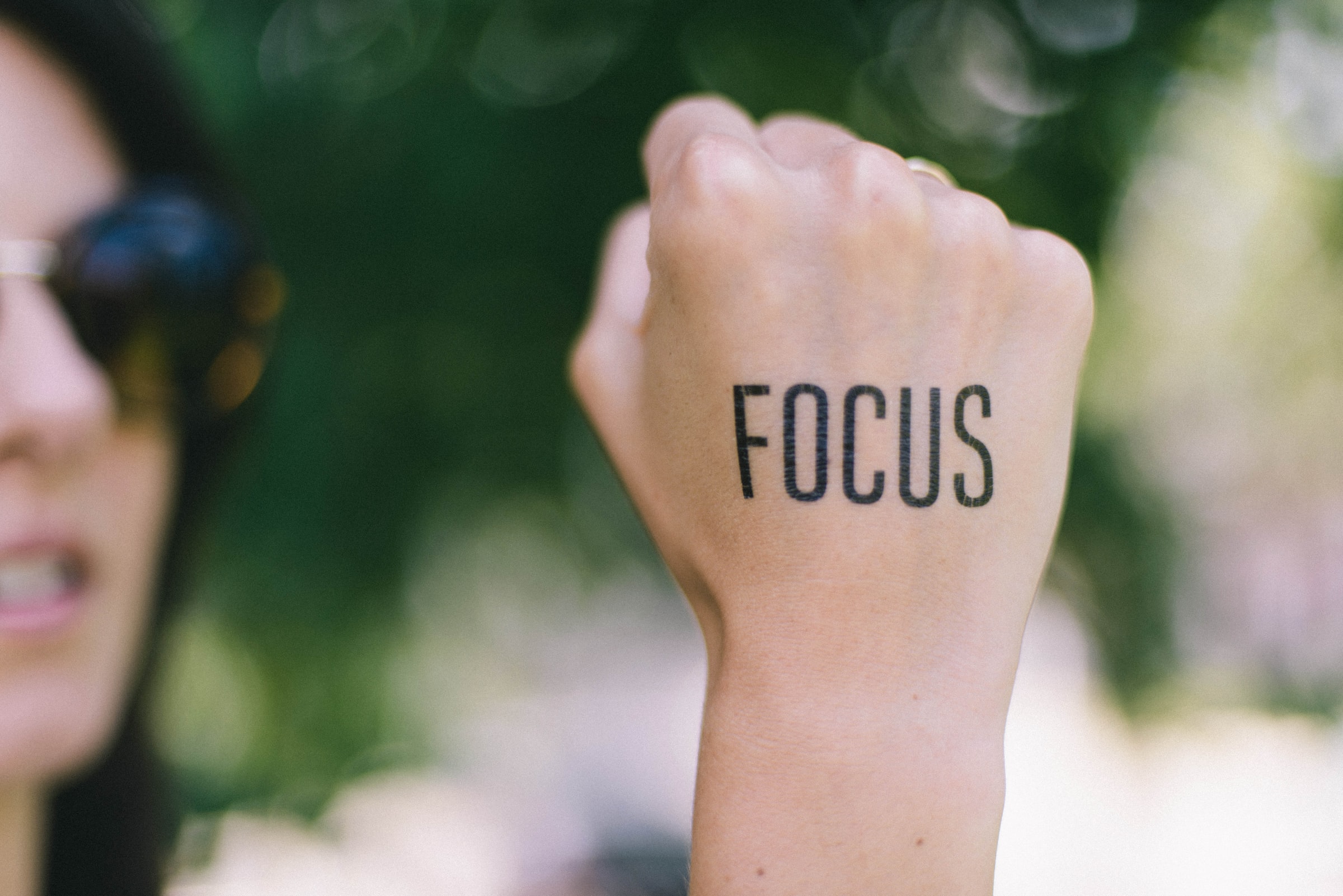
Design decides if your users stick around. Design determines when your startup will become profitable. Like it or not, design is king in the app economy.
So, what does good app design look like? Can the elements of good app design be defined, or is it more of a “you know it when you see it” situation?
In this post, we’ll try to convey the pillars of “design thinking” that every app developer needs to know.
Elements of app design: UX vs UI

App design generally falls into two categories: UX (user experience) design and UI (user interface) design.
UI designers are generally more concerned with color, aesthetics, animation, and other surface-level considerations. (Which isn’t too say they aren’t important — if anything, UI design is the first line of defense against user churn.)
UX designers are on the whole more occupied with big-picture questions related to “experience.” How does the user get what they want? What are the people that use this app like, and what do they expect from this screen?
To answer these questions, UX designers undertake a variety of tasks including user research, wireframing, testing, and prototype development.
…But what UX designers, UI designers, and any other app development discipline have in common is this: the user is central, and everything they do is done to make sure the user gets a great product.
Designing good systems

Apps are complicated. In many ways, they’re more like a system than a product.
Whether you’re a founder or UX designer, it often helps to think of apps as a maze. Users wander the passageways trying to reach their objectives. Your job is to limit the choices to make that journey as simple and easy as possible.
(Keep in mind that many users will try to metaphorically “jump out the window” if they don’t get what they want instantly.)
With this systems metaphor in mind, let’s look at some examples from the real world: mass transit systems.
Design failures: getting from point A to point B
Ironically, one of the best examples of bad design exists in the heart of tech capital San Francisco: the BART (Bay Area Rapid Transit) system. The BART is terribly confusing for riders, from the unclear ticketing to the cluttered maps to the riding experience. It’s no wonder San Fran app developers wind up riding private company buses.
Take a look at this interface. Where do you even start? How do you find information needed like route prices and ticket formats?
Now let’s turn around and look at an example of good design: Taipei’s MRT system.
Notice that the interface is numbered, making the sequence clear even for non-natives. While it’s not possible to physically hide non-immediate elements as in a completely digital context, numbering to draw attention without question is the next best thing.
Also notice the readily available fare map and minimal touch-screen for navigating purchase options.
While the BART makes getting from point A to point B a challenge for users, the Taipei MRT takes limitations like language barrier into consideration and offers a color-coded system with clear choices and fast gratification.
The differences are subtle, but the effects are felt for years. Your app is no different. The only difference is that apps, unlike public transit, have competition.
If your app is a BART, users will simply get off.
…But if your app is an MRT, they’ll be back to ride tomorrow.
Good app design checklist
Based on this example, let’s take a look at the recurring features of good and bad designs:
Bad systems:
- Too many choices
- Overwhelming data
- Visual clutter
- Lack of control
Good systems:
- Clear choices
- Simple data exposed when needed
- Visual simplicity
- Some degree of control
Choice is central
Every time a user opens an app, they’re faced with choices.
In Instagram, for example, users immediately see a handful of options: scroll through the feed, post an image or story, or click one of five icons at the bottom of the screen to access another “page.”
Check out this Youtube Video with Joe Leech on the psychology of decision making in UX, from a The Conference/Media Evolution in 2015.
Snapchat, on the other hand, takes a more subtle route. Opening the app leads directly to a live camera, with only a couple hinting icons or invisible swipe gestures to bring users to any option that isn’t sharing content.
This makes sense, because sharing content is what makes Snapchat work — therefore it’s highlighted as the number one user option on every open.
Data, the hidden design element
Open the hood on any app, and you’ll find a mess of data. Some of that data, particularly user data and public-facing stats, has to be available to users. The challenge is that presenting that data in a clear way can be quite challenging.
Data also takes the form of “how-to” content for an app. What does it do? How do you use it? Generally, apps will walk users through a brief tutorial when they’re first opened.
Designing these tutorials in a way that they feel informative and fun vs annoying and confusing is critical for retaining new users, especially for small startups starting from zero on the audience-building front.
Accounting for screenspace
Unlike web apps or real-life interfaces, apps designed for Apple and Android smartphones have one big limitation: expressing complex information on a 5-inch screen.
This is partly why design has been trending towards ultra-minimalism in recent years, as more and more users go to their phones before their laptops for information and recreation. Some designers hold that this is a good thing, since the “mobile-first” attitude forces developers to hone in on the core value proposition of their app.
There’s no room for fluff on a handheld screen.
UI isn’t an afterthought
Five years ago, users were pretty forgiving when it came to aesthetics. Apps weren’t expected to be pretty or simple — so long as they worked, users would give it a chance.
Now, with over 1,000 apps going live in the Apple App Store alone every day, users can afford to be extremely picky about what they commit time to use. Leading apps like Facebook and the Google suite have set the bar high when it comes to design, and users expect similarly flawless appearances even from tiny one-person-show app developers.
A good rule of thumb: pick five apps you like, and compare their homescreen and animations to your app idea mockups. Can a friend pick out which app is the “outsider?” Ideally, your mockups should be indistinguishable from the “professional” app examples when it comes to visual quality.
Facilitating the “command-z impulse”
If app design is all about choice, then it’s extremely important to make sure users have an exit strategy from any screen or action they can take within your app interface. This “command-z impulse” is an assumption among users of digital products.
For social networking apps, this means making user-generated content editable after posting. For sharing economy apps, it means giving users control over their reviews and usernames. Like in physics, every action should have an equal and immediately available counteraction.
The pros and cons of making assumptions
Finally, one of the trickiest elements of good app design is balancing assumptions about user behavior.
Before Snapchat, it was considered bad form to hide user actions. These days, though, millennial users tend to assume that they can access alternate screens by swiping to the side.
Similarly, Tinder has solidified the “left for no, right for yes” swipe muscle memory, which can be exploited by newer app developers seeking a clutter-free way to let users make similar binary choices.
There’s a fine line between taking advantage of these learned behaviors and accidentally creating an interface that’s too mysterious. Particularly for apps aimed at multi-generational audiences, it can be better to err on the side of too many visual controls or explicit instruction.
Stepping back: when the user is central, everything else falls into place
Ultimately, design is simply a question of pleasing the user. The best designs fade into the background and aren’t even noticed. (For inspiration on this topic, I recommend the podcast 99% invisible.)
It can be challenging for designers and developers to set aside their opinions and egos to let the app take shape around the user rather than their great ideas.
When they do, however, the results win users by the millions and become the bedrock for world-changing tech companies.





